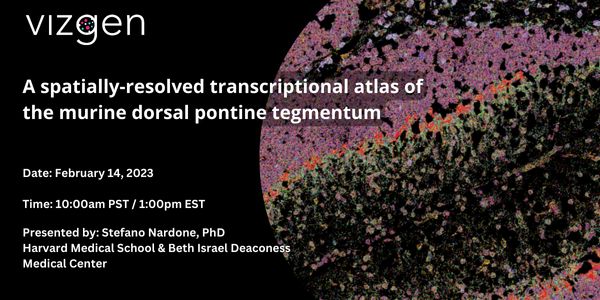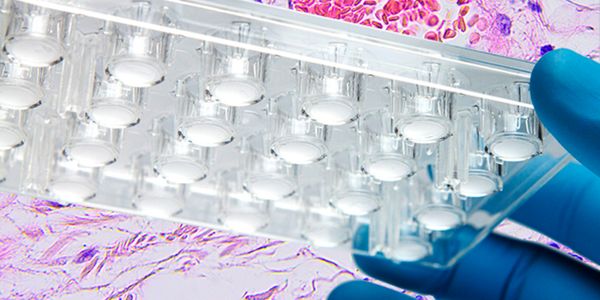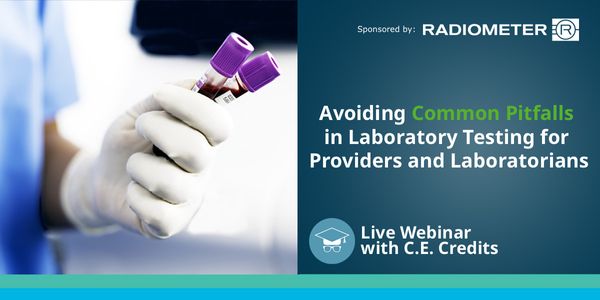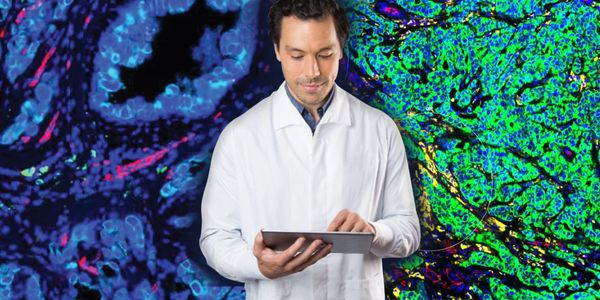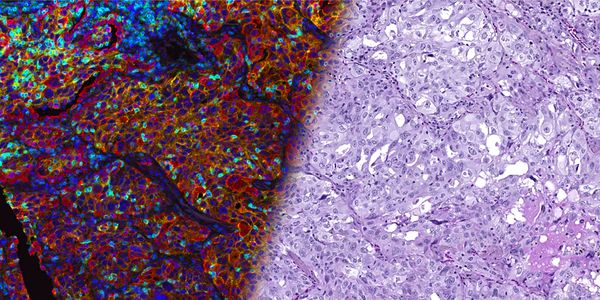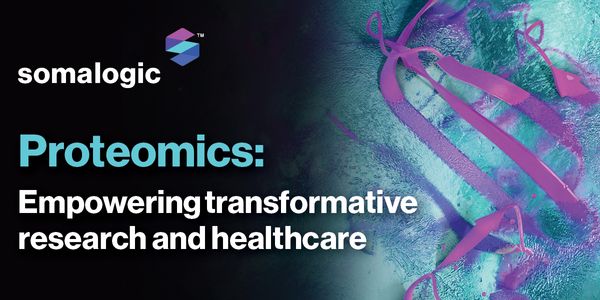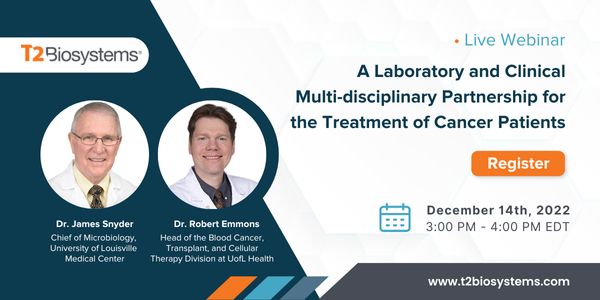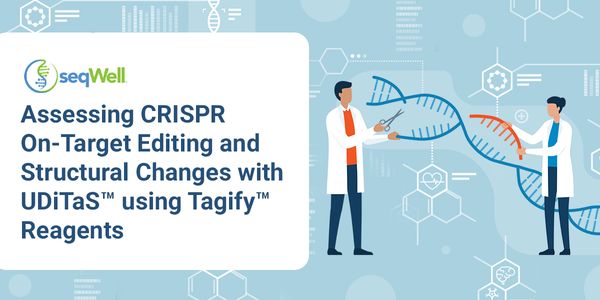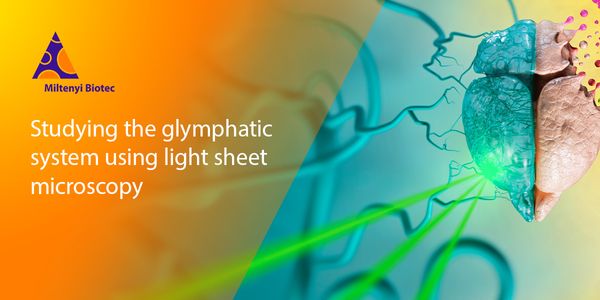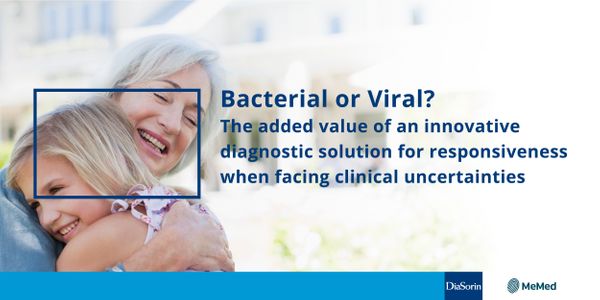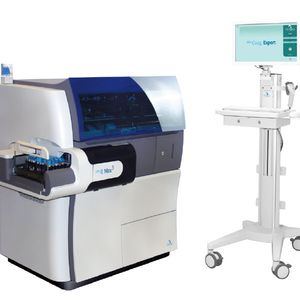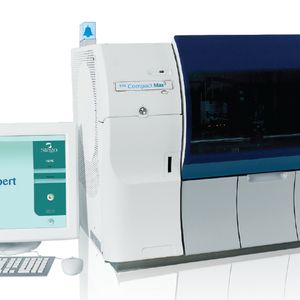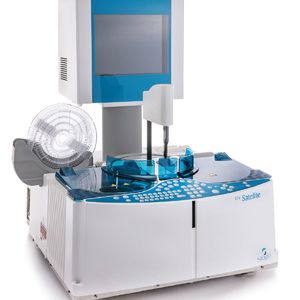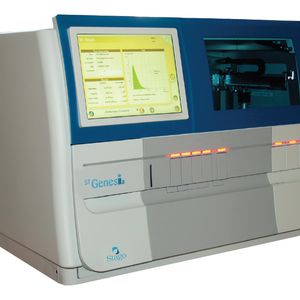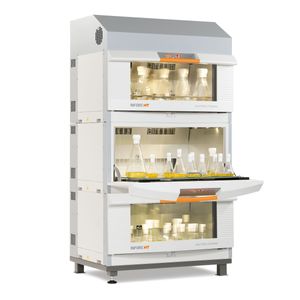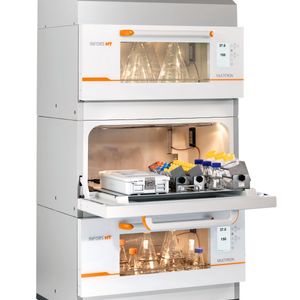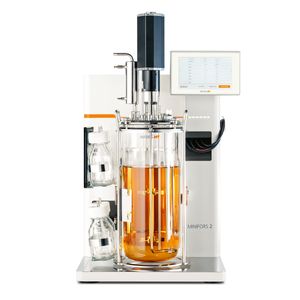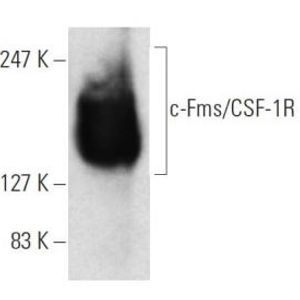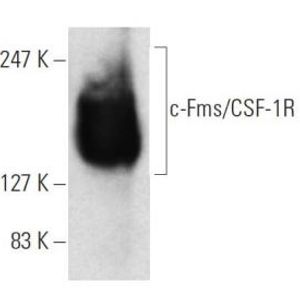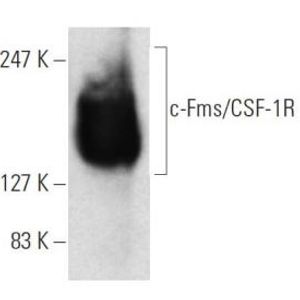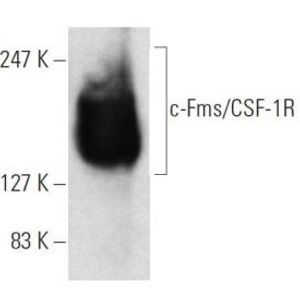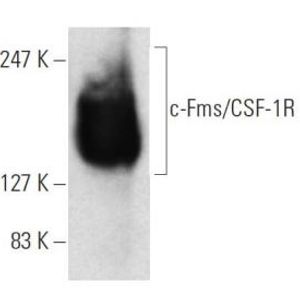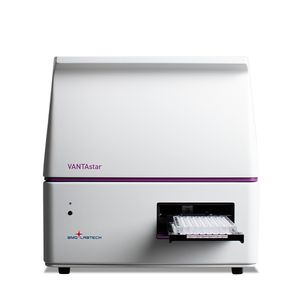Health & Medicine Webinars
Learn about the latest medical breakthroughs by participating in webinars on topics surrounding disease, prevention and treatment in accordance with the latest research in health and medicine. Updates encompass a biological, psychological and sociological understanding of health.
Show More
-
FEB 15, 2023 | 7:00 AMDate: February 15, 2023 Time: 7:00am (PST), 10:00pm (EST), 4:00pm (CET) While not all microscopy samples can fluoresce, all can scatter light, and this scattered light can be imaged. This ha...
-
FEB 14, 2023 | 10:00 AMDate: February 14, 2023 Time: 10:00am (PST), 1:00pm (EST), 7:00pm (CET) The dorsal pontine tegmentum (PnTg) is part of the Pons, the largest section of the brainstem. It is a complex region...
-
FEB 09, 2023 | 9:00 AMDate: February 09, 2023 Time: 9:00am (PST), 12:00pm (EST), 6:00pm (CET) Monoclonal gammopathies (MGs) comprise a broad set of diseases involving the abnormal clonal proliferation of plasma c...
-
FEB 08, 2023 | 9:00 AMDate: February 08, 2023 Time: 9:00am (PST), 12:00pm (EST), 6:00pm (CEST) Understanding cell-to-cell interactions in a tumor microenvironment are increasingly challenging due to the complexit...
-
JAN 31, 2023 | 10:00 AMDate: January 31, 2023 Time: 10:00am (PST), 1:00pm (EST), 7:00pm (CEST) Immunohistochemistry (IHC) is a standard technique for scientists and pathologists to detect antigens. Examining one o...
-
JAN 26, 2023 | 10:00 AMDate: January 26, 2023 Time: 10:00am (PST), 1:00pm (EST), 7:00pm (CET) In this case-based presentation, we will describe the most common pitfalls in laboratory testing that healthcare provid...
-
JAN 26, 2023 | 8:00 AMDate: January 26, 2023 Time: 8:00am (PST), 11:00pm (EST), 5:00pm (CET) NanoString’s GeoMx® DSP allows for the characterization of spatial distribution and abundance of proteins and...
-
JAN 25, 2023 | 8:00 AMDate: January 25, 2023 Time: 8:00am (PST), 11:00am (EST), 5:00pm (CET) Allogeneic hematopoietic cell transplantation (HCT) is curative for hematological diseases; however, is also associated...
-
JAN 19, 2023 | 10:00 AMDate: January 19, 2023 Time: 11:00am (PST), 2:00pm (EST), 8:00pm (CET) There has been an evolution of organized HPV screening programs from the pap smear to liquid-based cytology, which has...
-
JAN 18, 2023 | 8:00 AMDate: January 18, 2023 Time: 8:00am (PST), 11:00am (EST), 5:00pm (CET) Advances in tissue-based technology in the past few years have created unprecedented opportunities to identify biomark...
-
December 15, 2022 8:00 AM PSTDate: October 26, 2022 Time: 9:00am (PST), 12:00pm (EST), 6:00pm (CEST) Current protein biomarkers are only moderately predictive in identifying individuals with mild traumatic brain injury...
-
DEC 14, 2022 | 12:00 PMDate: December 14, 2022 Time: 12:00pm (PST), 3:00pm (EST), 9:00pm (CET) Adopting novel technologies is essential for improving patient outcomes, but the key to sustainable success is through...
-
DEC 13, 2022 | 8:00 AMDate: December 13, 2022 Time: 8:00am (PST), 11:00am (EST), 5:00pm (CET) Understanding the diversity of repair outcomes after introducing a genomic cut is essential for realizing the therapeu...
-
DEC 08, 2022 | 9:00 AMDate: December 8, 2022 Time: 9:00am (PST), 12:00pm (EST), 6:00pm (CET) Liquid biopsy enables non-invasive testing and monitoring in oncology, but also comes with unique challenges. In this...
-
Date: December 07, 2022 Time: 11:00am (PST), 2:00pm (EST), 8:00pm (CET) The success of blood cultures is dependent on the collection of uncontaminated specimens, culture of a large volume of...
DEC 07, 2022 | 9:00 AM
Date: December 07, 2022 Time: 9:00am (PST), 12:00pm (EST), 6:00pm (CET) Join us for an exciting live panel webinar, as we celebrate the 60th anniversary of Gibco Cell Culture. The panelists...
Date: December 06, 2022 Time: 8:00am (PST), 11:00pm (EST), 5:00pm (CET) Scientist must look beyond studying individual proteins and examine the structure and assembly of protein complexes wi...
DEC 01, 2022 | 9:00 AM
Date: December 1, 2022 Time: 9:00am 98% of in-patients will undergo a diagnostic test during a hospital stay.1 With the increased focus on the accuracy of diagnostic test results needed to in...
DEC 01, 2022 | 7:00 AM
Date: December 01, 2022 Time: 7:00am (PST), 10:00pm (EST), 4:00pm (CET) Achievement of the UNAIDS 95-95-95 targets is in danger. Gaps are attributed to reaching key populations and equitable...
NOV 30, 2022 | 11:00 AM
Date: November 30 Time: 11:00am (PDT), 2:00pm (EDT), Kidney function is assessed in the laboratory by measuring serum creatinine (Cr) and/or......
NOV 30, 2022 | 9:00 AM
Date: November 30, 2022 Time: 9:00am (PST), 12:00pm (EST), 6:00pm (CET) Researching the effectiveness of drugs for individuals and stratified groups can be accomplished through examination o...
NOV 29, 2022 | 10:00 AM
Date: November 30, 2022 Time: 9:00am (PST), 12:00pm (EST), 6:00pm (CET) Western blotting is a commonly used analytical technique in protein analysis. However, the standard manual workflow fr...
NOV 29, 2022 | 8:00 AM
Date: November 29, 2022 Time: 8:00am (PST), 11:00am (EST), 5:00pm (CET) The burden of antimicrobial resistance (AMR) has been acknowledged worldwide by leading health The glymphatic system w...
NOV 29, 2022 | 6:00 AM
Date: November 29, 2022 Time: 6:00am (PST), 9:00pm (EST), 3:00pm (CET) Antimicrobial resistance is an emerging problem in healthcare, and represents one of the most crucial challenges for th...
NOV 17, 2022 | 8:00 AM
Date: November 17, 2022 Time: 8:00am (PST), 11:00am (EST), 5:00pm (CET) Have you ever wished you had access to the technical specialist who wrote the book ......
NOV 17, 2022 | 8:00 AM
Date: November 17, 2022 Time: 8:00am (PST), 11:00am (EST), 5:00pm (CET) Up to now, the evolutionary trajectory of the most prevalent CO2-fixing enzyme – Rubisco Form I, has been diffic...
Date: November 17, 2022 Time: 8:00am PST, 11:00am EST Genome editing is—or will soon be—in the clinic for several diseases and more applications are currently under development....

